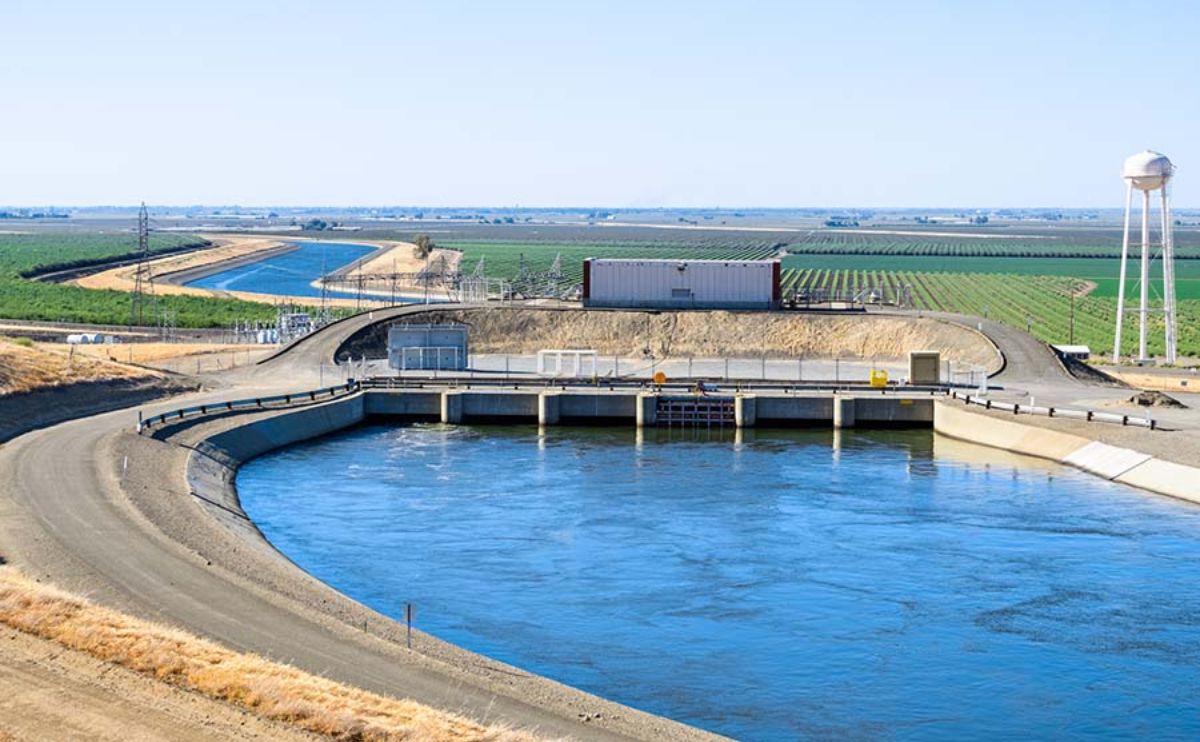Water is the backbone of life, agriculture, and industry. In India, canals carry this life source to farms, towns, and factories. But unlined canals often lose large amounts of water due to seepage, cracks, and erosion. This not only wastes resources but also weakens canal structures over time.
That’s where canal lining comes in. By covering canal beds and walls with protective material, water is saved, and canals last longer. Among the most effective methods today are NCL (Non-Concrete Lining) and NCT (Non-Concrete Treatment). These modern solutions use strong PVC water stoppers and lining sheets to prevent leakage, reduce costs, and ensure reliable water supply.
What Canal Lining Really Means
Canal lining is simply the process of sealing the inside of a canal so that water flows without unnecessary losses. Traditionally, people used clay, bricks, or even concrete to line canals. While helpful, these old methods often cracked or eroded over time. As a result, seepage returned, and maintenance costs increased.
Modern lining with PVC-based NCL and NCT systems is different. These linings are flexible, durable, and lightweight. They not only save water but also extend the life of canals, making them highly cost-effective in the long run.
Understanding NCL and NCT
Let’s break down these two terms:
- NCL (Non-Concrete Lining):
This is a PVC-based lining laid directly on canal beds and walls. Unlike heavy concrete, NCL is light, flexible, and quick to install. It forms a leak-proof layer that stops seepage and keeps canals strong. - NCT (Non-Concrete Treatment):
This method is mostly used for repairing existing canals. If an old canal has cracks, leakage, or weak points, NCT treatment uses PVC sheets and water stoppers to seal and strengthen it. It saves the cost of rebuilding and restores canal performance.
Together, NCL and NCT provide reliable solutions for both new canals and old ones that need repair.
Why Canal Lining Matters
Canals are lifelines, especially for farming communities. Without lining, up to 30–40% of water can disappear into the ground. That’s water farmers and industries never get to use. By using NCL and NCT, we can:
- Stop unnecessary water loss.
- Deliver steady flow to farms and industries.
- Reduce soil erosion and waterlogging.
- Lower repair and maintenance costs.
- Save money and resources in the long term.
Simply put, canal lining makes sure water reaches the people who need it most.
Key Features of NCL and NCT Systems
- Durable: Made from high-quality PVC, they resist cracks and last for years.
- Leak-Proof: Prevents seepage and saves large volumes of water.
- Lightweight: Easier to transport and install than concrete.
- Flexible: Works with canals of different shapes and sizes.
- Eco-Friendly: Conserves water and reduces damage to nearby soil.
- Low Maintenance: Requires little upkeep once installed.
Common Uses of NCL and NCT
These systems are now common across many projects, such as:
- Irrigation canals – ensuring farmers get maximum water.
- Industrial water supply – providing steady water flow for factories and power plants.
- Drainage channels – managing storm water and sewage.
- Government projects – rural development and large irrigation schemes.
- Repairs – restoring old, leaking canals without complete rebuilding.
How NCL and NCT Beat Traditional Methods
Compared to clay, brick, or even concrete lining, NCL and NCT clearly stand out:
- They last longer and resist weather damage.
- They prevent even tiny seepages that old methods could not.
- They are faster to install and require fewer workers.
- They cut long-term costs because maintenance is minimal.
This is why more and more projects are switching to modern PVC-based canal lining.
Benefits Felt on the Ground
Farmers who depend on irrigation see better crop yields when water loss is reduced. Industries benefit from uninterrupted water supply, which lowers operational risks. Governments save money by reducing repair budgets. And most importantly, communities get access to more reliable water resources.
Canal lining with NCL and NCT has already transformed water distribution in many states of India. It is proving to be one of the most practical solutions for water conservation in today’s world.
Caring for Canal Linings
While these systems are strong and low-maintenance, regular checks are important. After floods or heavy rains, inspections should be done to look for any damage. If a sheet is torn or worn, it should be replaced quickly. Keeping canals free from debris also ensures smooth water flow. These small steps help the lining last for decades.
The Road Ahead
With water demand rising every year, canal lining will continue to be a key solution for India. Governments and industries are adopting NCL and NCT on a large scale because they combine durability, affordability, and water-saving benefits. As PVC technology improves further, we can expect even stronger, more eco-friendly canal lining systems in the future.
Conclusion
Canal lining is about more than protecting canals—it is about protecting water itself. NCL and NCT systems offer a modern, cost-effective, and eco-friendly way to conserve water, reduce losses, and extend the life of irrigation and industrial canals.
At Bioflow Industries Pvt. Ltd., we are proud to be a leading manufacturer and supplier of NCL and NCT canal lining systems in India. With a focus on quality and innovation, we help projects across the country save water and build a sustainable future.



